The U.S. is pinning its hopes in the race for energy supremacy in a low-carbon world on startups like Ion Storage Systems, which is aiming to build a better battery.


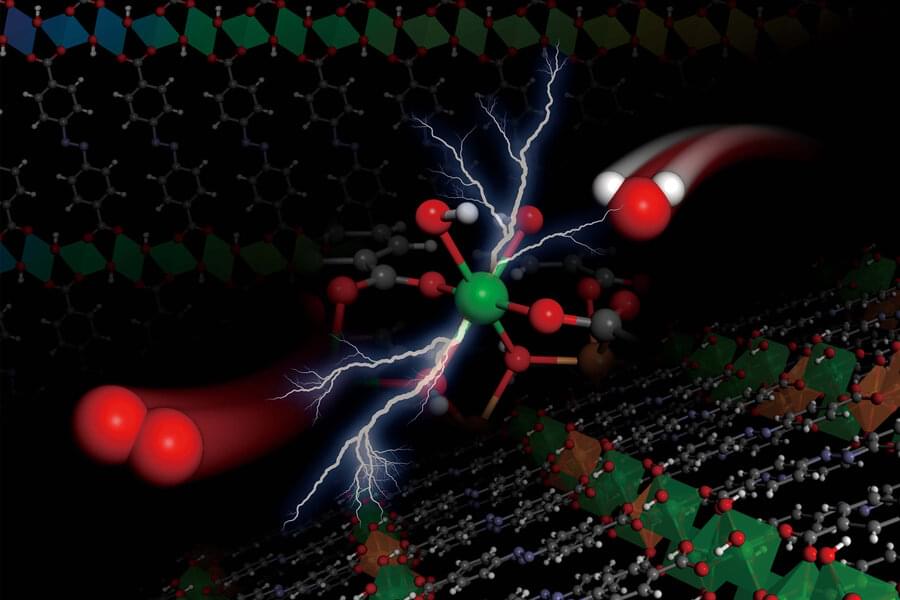
An electrochemical reaction that splits apart water molecules to produce oxygen is at the heart of multiple approaches aiming to produce alternative fuels for transportation. But this reaction has to be facilitated by a catalyst material, and today’s versions require the use of rare and expensive elements such as iridium, limiting the potential of such fuel production.
Now, researchers at MIT and elsewhere have developed an entirely new type of catalyst material, called a metal hydroxide-organic framework (MHOF), which is made of inexpensive and abundant components. The family of materials allows engineers to precisely tune the catalyst’s structure and composition to the needs of a particular chemical process, and it can then match or exceed the performance of conventional, more expensive catalysts.
The findings are described today in the journal Nature Materials, in a paper by MIT postdoc Shuai Yuan, graduate student Jiayu Peng, Professor Yang Shao-Horn, Professor Yuriy Román-Leshkov, and nine others.

Radio-Frequency Pulse Enables Association of Triatomic Molecules in Ultracold 23 Na40 K + 40 K Gas.
Three-body system is already formidable in classical physics, not to mention the quantum state three-body system. But what if scientists can synthesize triatomic molecules under quantum constraints? It could serve as an appropriate platform to study three-body potential energy surface which is important but difficult to calculate.
Recently, Prof. PAN Jianwei and Prof. ZHAO Bo from the University of Science and Technology of China (USTC), collaborating with Prof. BAI Chunli from Institute of Chemistry of the Chinese Academy of Sciences, found strong evidence for association of triatomic molecules after applying a radio-frequency (rf) pulse to an ultracold mixture of 23 Na40 K and 40 K near Feshbach resonance. The work was published in the journal Nature.
MIT spin-off Quaise says it’s going to use hijacked fusion technology to drill the deepest holes in history, unlocking clean, virtually limitless, supercritical geothermal energy that can re-power fossil-fuelled power plants all over the world.
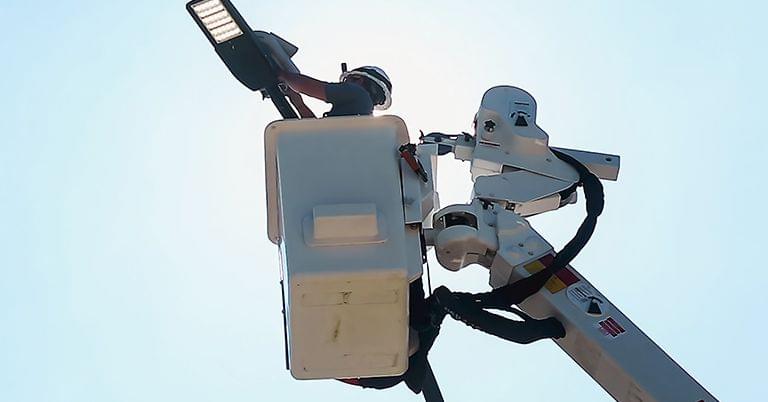

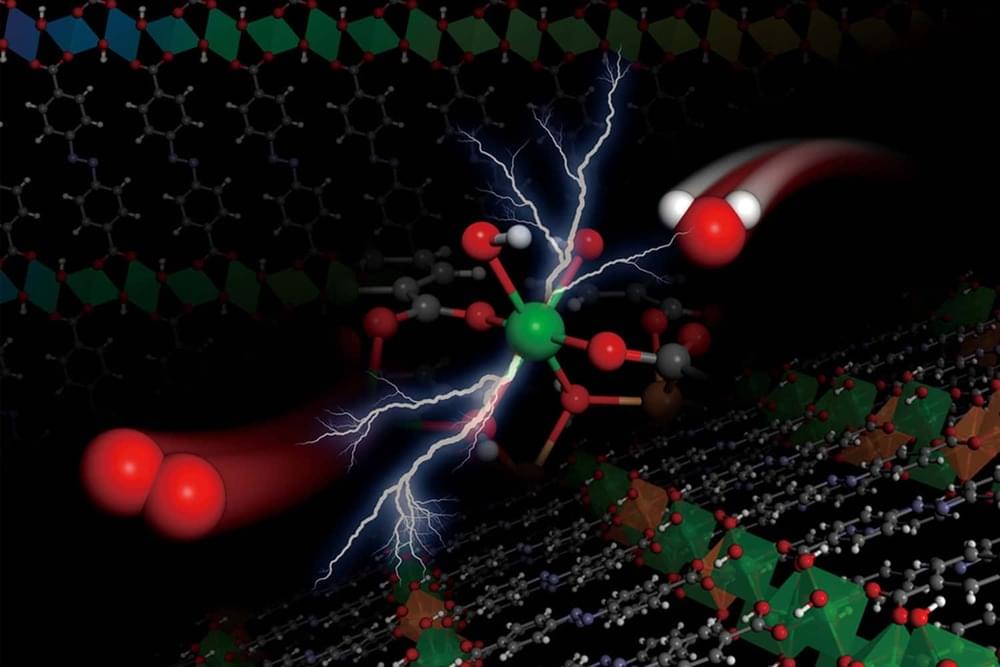
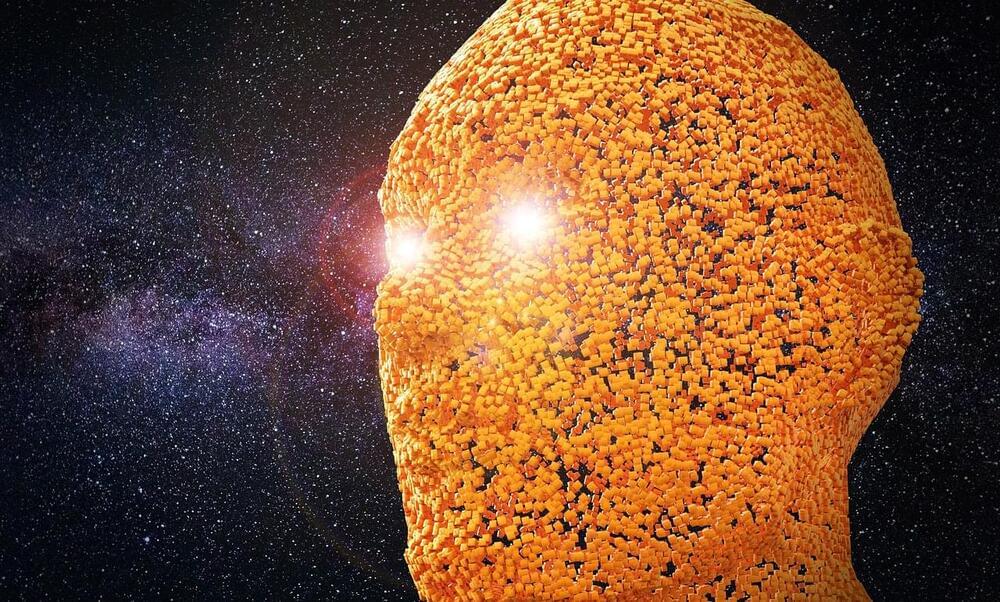

Coin cells are useful things that allow us to run small electronic devices off a tiny power source. However, they don’t have a lot of capacity, and they can run out pretty quickly if you’re hitting them hard when developing a project. Thankfully, [bobricius] has just the tool to help.
The device is simple – it’s a PCB sized just so to fit into a slot for a CR2016 or CR2032 coin cell. The standard board fits a CR2016 slot thanks to the thickness of the PCB, and a shim PCB can be used to allow the device to be used in a CR2032-sized slot instead.
It’s powered via a Micro USB connector, and has a small regulator on board to step down the 5 V supply to the requisite 3 V expected from a typical coin cell. [bobricius] also gave the device a neat additional feature – a pair of pads for easy attachment of multimeter current probes. Simply open the jumper on the board, hook up a pair of leads, and it’s easy to measure the current being drawn from the ersatz coin cell.
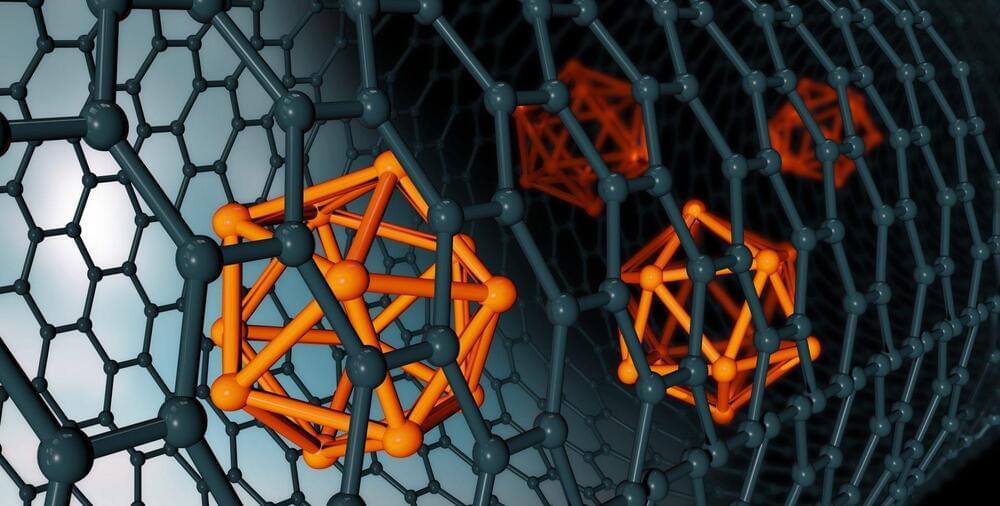
Building a better supercomputer is something many tech companies, research outfits, and government agencies have been trying to do over the decades. There’s one physical constraint they’ve been unable to avoid, though: conducting electricity for supercomputing is expensive.
Not in an economic sense—although, yes, in an economic sense, too—but in terms of energy. The more electricity you conduct, the more resistance you create (electricians and physics majors, forgive me), which means more wasted energy in the form of heat and vibration. And you can’t let things get too hot, so you have to expend more energy to cool down your circuits.